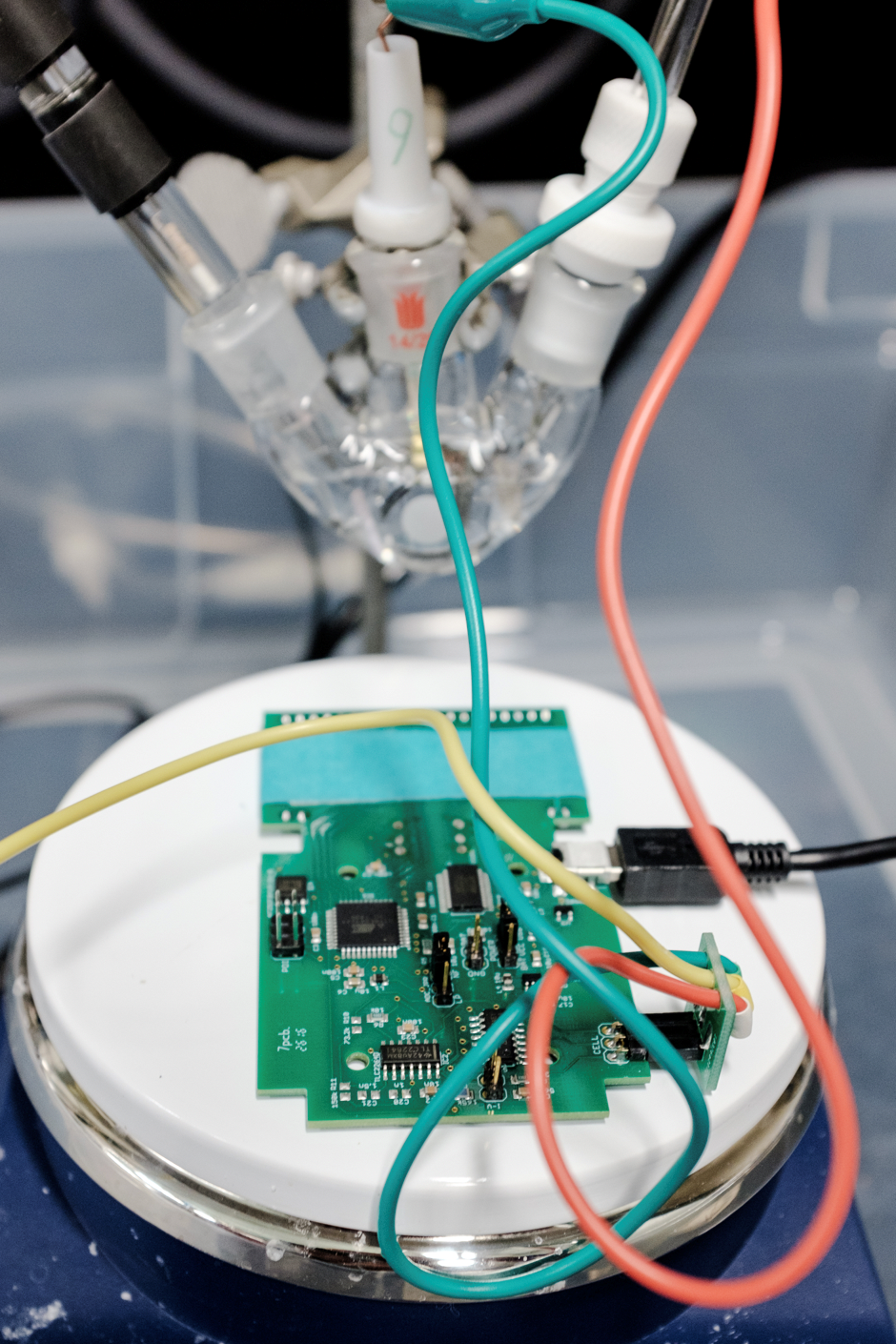March 28, 2019
What problem are you trying to solve? Detecting bacteria quickly

Editor’s note: Robert Mayall is a graduate student in chemistry in the Faculty of Science at the University of Calgary.
Q: What problem are you trying to solve?
A: Right now, it’s surprisingly hard to quickly detect if there are bacteria in a sample, be it in someone’s blood or in a water supply. This is a big problem in many areas, ranging from health care to the defence of a country. My PhD research has focused on trying to develop new methods that could quickly answer this question, providing a device that can indicate if bacteria are present in a matter of minutes instead of days.
Q: Why do you care? What inspired you?
A: I became inspired to tackle this challenge due to the sheer scale of it. How do you combine chemistry, materials science and biology all into one project? The idea of being able to combine such diverse fields into a solution that can make a positive impact on the world was exactly the kind of challenge that I wanted to take on.
Q: What’s your approach?
A: To start this project, the first thing that I did was talk to those who knew more than me. I had meetings with experts from a variety of fields, ranging from experts on the immune system at the University of Calgary to specialists from Defence Research and Development Canada. I also worked closely with a postdoctoral fellow, Dr. Margaret Renaud-Young, PhD, who helped me refine some of the project ideas. Compiling all of the feedback from these professionals with my supervisor, Dr. Viola Birss, PhD, allowed me to find a path forward where we could begin to start some initial tests in our lab. We capitalized upon the parts of the human immune system that have evolved over millennia to detect bacteria, connecting them to an electrode to create a miniaturized sensor system.

The prototype hand-held instrument runs an experiment in the Faculty of Science lab.
Robert Mayall
Q: Describe your darkest hour or biggest obstacle.
A: Unfortunately, it wasn’t all smooth sailing from there. We were able to show that our sensors worked, but their signals were so small that they couldn’t be detected on anything but the most specialized of instruments. This was a serious problem. Even if we could quickly find bacteria in a sample, the fact that this could only be done in a specialized lab at the university meant that the solution wouldn’t be able to make a difference in the world.
Q: What was your best moment?
A: It was at this point that we came up with a substantial redesign of our system that would change things completely. What if we could somehow amplify the signal from the parts of the immune system in our sensors? That’s when we reached out to an expert, Dr. Stephen Creager from Clemson University in South Carolina, to start an international collaboration on increasing the signal from these sensors. By changing the approach through which we made these sensors, we were able to increase our signal more than 1,000-fold. Not only did this allow us to dive further into this work, but I was able to do the same detection of bacteria on a DIY handheld instrument that costs less than $100 to make!
Q: Where to from here?
A: With the initial prototypes for the bacterial detection system in place, we are hoping to expand this platform to be able to detect viruses in the near future. We’ve built a strong team of students and postdoctoral fellows, enabling the future development of this technology in our lab. While I may be graduating soon and leaving this project to the next generation of graduate students, I’m excited to take the skills that I have learned forward into the next steps of my career, focusing on combining diverse skillsets to create solutions to real-world problems.
Read the published research in ACS Sensors:
Support for this work:
- Dr. Viola Birss (supervisor, birss@ucalgary.ca)
- Dr. Stephen Creager (collaborator, Clemson University, screage@clemson.edu)
- Vanier Canada Graduate Scholarship (scholarship support for Robert Mayall)
- Alberta Innovates Graduate Student Scholarship (scholarship support for Robert Mayall)
- Defence Research and Development Canada (grant support for the project)
- Natural Sciences and Engineering Research Council of Canada (grant support for the project)

Robert Mayall is a graduate student in chemistry in the Faculty of Science.



